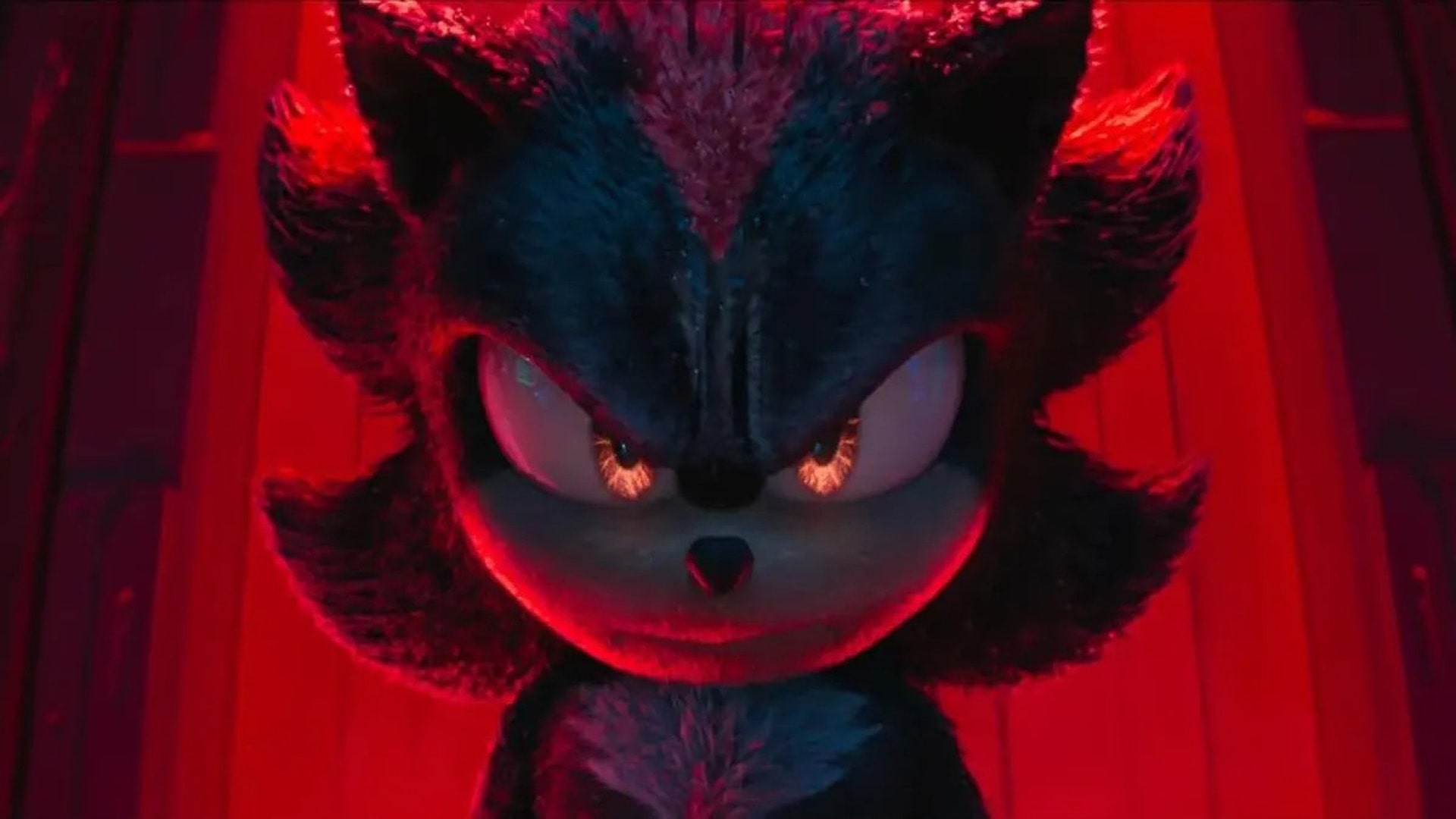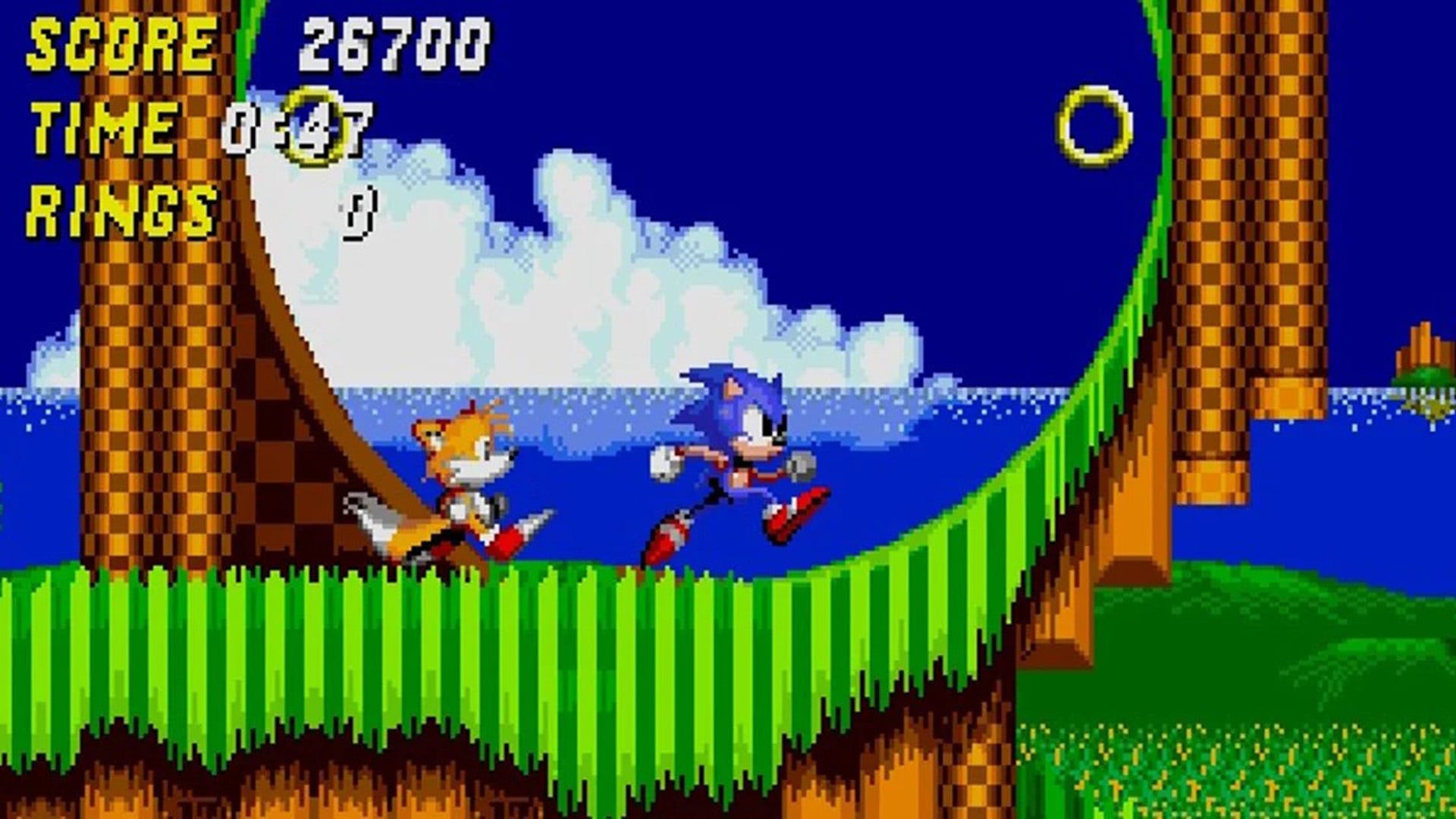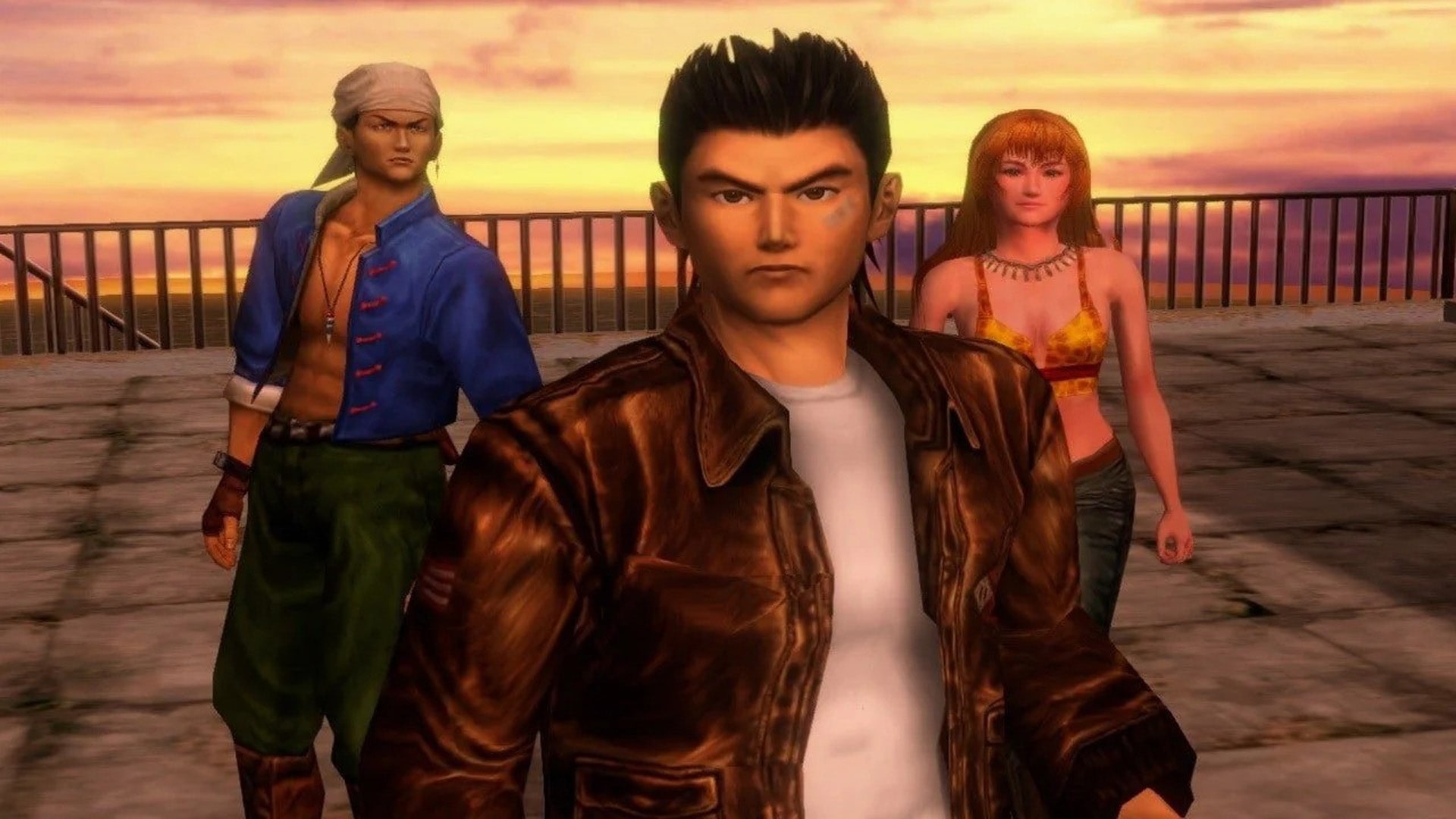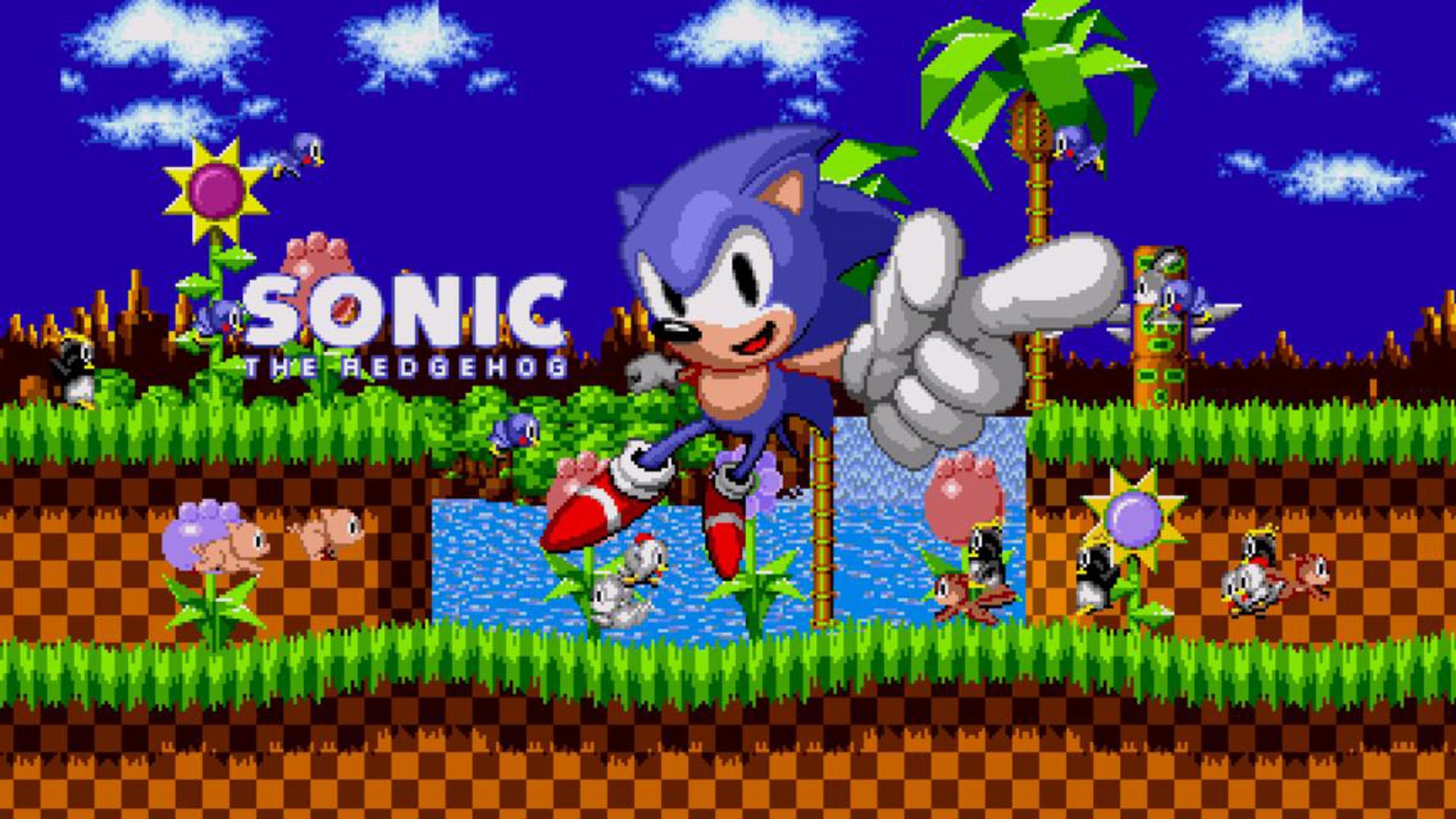Comprehensive Guide To SEGA Games You Should Play or Watch
SEGA has revolutionized the gaming world with its consoles and iconic games. This article covers SEGA’s history and gives you a guide to SEGA games you should play or watch for today.
Key Takeaways
SEGA transitioned from arcade games to home console gaming in the early 1980s, notably launching the SG-1000 and learning from early competition with Nintendo.
The release of the Genesis and the iconic Sonic the Hedgehog game marked a significant era for SEGA, establishing it as a major player in the gaming industry.
After discontinuing its hardware production with the Dreamcast, SEGA shifted focus to third-party software development and strategic acquisitions, maintaining its presence in the gaming market.
Disclaimer: The links provided herein are affiliate links. If you choose to use them, I may earn a commission from the platform owner, at no extra cost to you. This helps support my work and allows me to continue to provide valuable content. Thank you!
The Birth of SEGA

The company now known as SEGA has its roots in the aftermath of World War II. Originally established as Standard Games in 1940, it began by providing amusement machines and arcade machines for military bases. As the gaming landscape evolved, so did the company. In 1946, following the dissolution of Standard Games, Service Games emerged to restore and sell slot machines. This marked the beginning of a new era for the company.
The name SEGA, derived from ‘Service Games’, first appeared in 1954 on a slot machine, symbolizing the company’s commitment to the gaming entertainment sector. Regulatory pressures in 1960 led to the dissolution of Service Games of Japan, prompting the formation of new companies to continue operations. This period of transformation set the stage for SEGA’s future innovations and expansions.
A significant milestone occurred in 1965 when Nihon Goraku Bussan acquired Rosen Enterprises. This acquisition resulted in the formation of Sega Enterprises, Ltd., a company poised to make a lasting impact on the gaming industry. From these humble beginnings, SEGA would go on to become a household name, synonymous with creativity and cutting-edge entertainment. In 1991, SEGA expanded its brand into the toy market by acquiring Yonezawa Toys, which was rebranded as SEGA Toys. This division became known for creating popular products like the home planetarium Homestar and the robot dog iDog.
SEGA's Entry into Console Gaming
In the early 1980s, SEGA made a bold and somewhat alien transition from its primary focus on arcade games to entering the burgeoning home console market. This move was marked by the launch of the SG-1000 in 1983, a significant step that signaled SEGA’s commitment to bringing the arcade experience into living rooms. The SG-1000 sold approximately 2 million units, a respectable figure for its time, but it was significantly overshadowed by the success of Nintendo’s Family Computer, which sold around 62 million units.
One of the key reasons for the SG-1000 being outpaced by the Famicom was Nintendo’s aggressive strategy of expanding its game library by courting third-party developers to serve this competition. This competition underscored the importance of a diverse and engaging game library, a point SEGA would take to heart in its subsequent endeavors.
Despite this, SEGA’s marketing campaign ‘Welcome To The Next Level’ played a pivotal role in establishing its image as an exciting alternative to Nintendo, appealing to a more adventurous audience.
SEGA’s entry into the console market was a learning experience that laid the groundwork for future successes and innovations. The lessons learned from this era would shape the company’s strategies and help it navigate the competitive landscape of the gaming industry.
Genesis Era and Sonic the Hedgehog

The release of the Mega Drive in Japan on October 29, 1988, marked the beginning of a new era for SEGA. Rebranded as the Genesis for its North America launch in 1989, this console became a cornerstone of SEGA’s success. The Genesis era was characterized by groundbreaking games and innovative marketing strategies that set SEGA apart from its competitors.
Central to this era was the launch of Sonic the Hedgehog on June 23, 1991. Developed by Sonic Team, this platform game introduced the world to Sonic, a blue hedgehog designed for high-speed gameplay. Players guided Sonic as he battled Dr. Robotnik and freed captured animals, a storyline that captivated millions. Sonic the Hedgehog sold around 24 million copies globally, cementing its place as one of the best-selling video games of all time.
Sonic’s design was intentionally crafted to compete with Nintendo’s Mario, embodying an edgy and youthful image that resonated with a teenage audience. The music for Sonic the Hedgehog, composed by Masato Nakamura of the J-pop band Dreams Come True, added to the game’s distinctive appeal. This era not only defined SEGA’s brand but also established Sonic as an enduring cultural icon.
Iconic SEGA Games
SEGA has a rich history of developing iconic games that have left an indelible mark on the gaming industry. Among these, Sonic the Hedgehog, Streets of Rage, and Phantasy Star stand out as timeless classics that continue to captivate gamers across generations.
SEGA's commitment to game development has resulted in a legacy of beloved titles.
Challenges with 32X and Saturn Consoles
As SEGA continued to innovate, it faced significant challenges with the release of the 32X and Saturn consoles. The 32X, an add-on for the Genesis, was intended to extend the lifespan of the aging console but failed to gain traction in the market. This misstep was compounded by the launch of the Saturn, a console that struggled to compete against the rapidly emerging Sony PlayStation.
The PlayStation, with its superior technology and extensive game library, quickly captured the attention of gamers and developers alike. SEGA’s inability to secure strong third-party support for the Saturn further weakened its position. These challenges highlighted the fiercely competitive nature of the gaming industry and the need for strategic innovation and market foresight.
Dreamcast: Innovation and Decline

The Dreamcast, initially revealed under the codename ‘Dural’, represented SEGA’s ambitious attempt to reclaim its position in the console market. The name Dreamcast was chosen through a public competition, reflecting the company’s engagement with its fanbase. The Dreamcast’s hardware was designed using cost-effective, off-the-shelf components, making it an affordable yet powerful gaming device.
One of the most innovative features of the Dreamcast was its built-in internet connectivity, a first for home consoles, which facilitated online gaming and set a new standard for the industry. Despite initial sales success in the U.S., where it was enthusiastically received by gamers, the Dreamcast’s overall sales declined sharply following the launch of the PlayStation 2. The PS2’s superior technology and larger game library quickly overshadowed the Dreamcast, making it difficult for SEGA to maintain its market share.
A significant factor in the Dreamcast’s struggles was the lack of support from major third-party publishers like Electronic Arts, which limited the console’s game library and appeal. SEGA’s decision to lower the price of the Dreamcast to attract consumers ultimately led to further financial losses, compounding the company’s difficulties.
The combination of declining sales and lack of third-party support forced SEGA to exit the hardware market after the Dreamcast.
Transition to Third-Party Software and Mobile Development
After discontinuing the Dreamcast on March 31, 2001, SEGA made a strategic pivot to third-party software development, marking the end of its 18-year involvement in the hardware market. By the time the Dreamcast was discontinued, it had sold approximately 9.13 million units worldwide. This shift allowed SEGA to focus on its strengths in game development and leverage its rich portfolio of IPs across multiple platforms.
The transition to software development was driven by financial necessity, following five consecutive years of losses leading to the discontinuation of the Dreamcast. SEGA began partnering with other companies to publish games for various platforms, including Nintendo, PlayStation, PC, and mobile. This strategy enabled SEGA to develop a broader audience and diversify its revenue streams.
However, SEGA faced challenges in expanding its third-party game library, which initially hampered its ability to compete effectively against established players like Nintendo. Despite these hurdles, SEGA’s commitment to innovation and quality allowed it to gradually rebuild its market presence and continue delivering memorable gaming experiences.
SEGA Sammy Holdings and Business Strategy
The merger of SEGA and Sammy Corporation on October 1, 2004, marked a new chapter in SEGA’s history, creating Sega Sammy Holdings. This strategic merger was aimed at leveraging the strengths of both companies to create a more robust and diversified business. SEGA focused on maintaining a profitable arcade business, which had always been a cornerstone of its operations.
SEGA’s marketing strategies, including celebrity endorsements and aggressive advertising, played a crucial role in establishing its brand and distinguishing it from competitors. These efforts helped to reinforce SEGA’s image as a dynamic and innovative company.
The acquisition of Rovio Entertainment in August 2023 further exemplified SEGA’s commitment to expanding its mobile game portfolio and enhancing its presence in overseas markets. The acquisition of Rovio led to a 21.4% increase in SEGA’s year-over-year net sales, demonstrating the positive impact of strategic acquisitions on the company’s financial performance. This approach has allowed SEGA to adapt to changing market dynamics and continue delivering engaging gaming experiences to a global audience.
Recent Developments and Acquisitions
In recent years, SEGA Sammy has actively pursued acquisitions to expand its portfolio and strengthen its market position. A notable example is the purchase of Rovio Entertainment in August 2023, which aimed to enhance SEGA’s mobile game offerings and expand its reach in international markets. This acquisition is part of SEGA’s broader strategy to diversify its business and capitalize on emerging opportunities in the gaming industry.
In November 2020, SEGA Sammy announced the sale of the majority of Sega Entertainment, its arcade business, to Genda Inc. This move was in response to changing market trends, particularly in the post-COVID-19 environment, where digital distribution channels have become increasingly important. SEGA’s ability to adapt to these trends has significantly enhanced its capability to reach global audiences and deliver engaging content through various digital platforms.
These recent developments and acquisitions reflect SEGA’s proactive approach to navigating the evolving gaming landscape. By strategically adjusting its business operations and making targeted investments, SEGA continues to position itself as a leading player in the industry.
SEGA's Corporate Structure
As part of its restructuring in 2015, Sega Sammy Holdings reorganized into three main business units: Entertainment Contents, Pachislot and Pachinko Machines, and Gaming. This restructuring aimed to streamline operations and enhance the company’s focus on its core areas of expertise. Each segment play a crucial role in SEGA’s overall business strategy.
The Entertainment Contents sector focuses on consumer and arcade video games, as well as toys and animation. This segment is responsible for some of SEGA’s most popular franchises and continues to drive innovation in game development. For further details on SEGA's policies and business practices, including their use of cookies to enhance user experience, please refer to their official Cookie Policy.
The Gaming division, on the other hand, operates integrated resorts and creates casino gaming products and software, further diversifying SEGA’s revenue streams.
Research and Game Development at SEGA
Research and development have always been at the heart of SEGA’s success. By 2004, SEGA transitioned to a more uniform R&D structure to enhance corporate strategy and overall cohesion. This restructuring allowed SEGA to establish twelve R&D studios, fostering innovation and creativity across its game development projects. These studios operated semi-autonomously, enabling them to focus on specific aspects of game development while maintaining a collaborative approach.
SEGA’s R&D efforts were not limited to just console games; they also included arcade games, which have been a significant part of SEGA’s heritage. The collaborative nature of SEGA’s development teams allowed for the creation of high-quality games for both arcade and console platforms, ensuring a consistent level of excellence across all its products. This synchronization of arcade and console game development was a strategic move under the leadership of Hisashi Suzuki.
One of SEGA’s most ambitious R&D initiatives is the ‘Super Game’ project, set to launch by 2026. This initiative aims to create a comprehensive gaming ecosystem that integrates various gaming experiences. Additionally, SEGA plans to implement cross-IP collaborations, starting with a multigame event featuring characters from both Sonic and Angry Birds. This innovative approach to game development promises to bring fresh and exciting experiences to gamers worldwide.
In the mobile gaming sector, SEGA intends to release new titles based on both the Sonic franchise and Angry Birds. This focus on mobile gaming reflects SEGA’s understanding of current market trends and its commitment to delivering high-quality gaming experiences across all platforms. Through these R&D efforts, SEGA continues to push the boundaries of what is possible in the gaming industry.
SEGA's Legacy in the Gaming Industry

SEGA’s legacy in the gaming industry is marked by its groundbreaking contributions and enduring cultural impact. One of the most iconic elements of SEGA’s legacy is Sonic the Hedgehog, who quickly became a cultural icon upon his release and established Sonic as SEGA’s official mascot. This character not only defined SEGA’s brand but also became a symbol of innovation and creativity in the gaming world.
The Sega Genesis, another cornerstone of SEGA’s legacy, played a pivotal role in breaking Nintendo’s dominance in the console market. Its success led to a more competitive environment among video game companies, fostering innovation and diversity in game development. The Genesis is often ranked among the best consoles in history, a testament to its impact and the quality of games it offered. This era also saw the creation of modern sports game franchises, which have become staples in the gaming industry. Today, players can enjoy enhanced SEGA Genesis games through the Nintendo Switch Online library, using a SEGA Genesis style controller for an authentic experience.
Since 1981, SEGA has developed more than 500 arcade games, showcasing its long-standing commitment to arcade gaming. These games have not only provided countless hours of entertainment but have also influenced the design and gameplay mechanics of console and mobile games.
SEGA’s legacy is a testament to its ability to evolve and innovate, leaving an indelible mark on the gaming industry and continuing to inspire future generations of gamers and developers.
Summary
Throughout its history, SEGA has demonstrated a remarkable ability to innovate and adapt to the ever-changing landscape of the gaming industry. From its origins as a provider of amusement machines for military bases to becoming a major player in the console and arcade markets, SEGA’s journey is filled with significant milestones and challenges. The company’s bold ventures, such as the launch of the Genesis and the introduction of Sonic the Hedgehog, have left a lasting impact on the gaming world.
As SEGA continues to evolve, its commitment to delivering high-quality gaming experiences remains unwavering. The transition to third-party software development, strategic mergers, and recent acquisitions highlight SEGA’s proactive approach to staying relevant in the industry. With ongoing R&D initiatives and a focus on innovation, SEGA’s legacy is poised to inspire and entertain future generations. The story of SEGA is a testament to the power of creativity, resilience, and the enduring appeal of great games.
Frequently Asked Questions
How did SEGA get its start in the gaming industry?
SEGA began as Standard Games, focusing on amusement machines for military bases, and later became Service Games. The name "SEGA" was first used on a slot machine in 1954, marking its entry into the gaming industry.
What were some of SEGA's early challenges in the console market?
SEGA faced significant challenges in the console market, primarily due to intense competition from Nintendo's Family Computer, which overshadowed SEGA's SG-1000. Additionally, Nintendo's effective strategy of attracting third-party developers to enhance its game library further complicated SEGA's market position.
What made the Dreamcast innovative, and why did it ultimately fail?
The Dreamcast was innovative for its built-in internet connectivity that enabled online gaming. It ultimately failed because of strong competition from the PlayStation 2, insufficient third-party support, and financial difficulties from aggressive price reductions.
How did SEGA transition to third-party software development?
SEGA transitioned to third-party software development after discontinuing the Dreamcast in 2001, partnering with various firms to publish games across multiple platforms such as Nintendo, PlayStation, PC, and mobile. This strategic shift allowed SEGA to remain relevant in the gaming market.
What are SEGA's recent strategic moves and acquisitions?
SEGA's recent strategic moves include the acquisition of Rovio Entertainment to strengthen its mobile game offerings and the divestiture of its arcade business to Genda Inc., demonstrating its commitment to adapting to market trends and focusing on digital distribution.
Useful Links
Comprehensive Guide To SEGA Games You Should Play or Watch Everything Sonic the Hedgehog That You Will Ever Need To KnowThe Evolution of the JRPG: From 8-Bit to Modern Masterpieces
Comprehensive Review For Handheld Gaming Consoles of 2023
Mastering Minecraft: Tips and Strategies for Great Building
Nintendo Switch - News, Updates, and Information
The Awesome Gaming Legacy And Iconic Era of Nintendo Wii News
Steam Deck Comprehensive Review: Portable PC Gaming Power
Top New Consoles of 2024: Which Should You Play Next?
Author Details
Mazen (Mithrie) Turkmani
I have been creating gaming content since August 2013, and went full-time in 2018. Since then, I have published hundreds of gaming news videos and articles. I have had a passion for gaming for more than 30 years!
Ownership and Funding
Mithrie.com is a Gaming News website owned and operated by Mazen Turkmani. I am an independent individual and not part of any company or entity.
Advertising
Mithrie.com does not have any advertising or sponsorships at this time for this website. The website may enable Google Adsense in the future. Mithrie.com is not affiliated with Google or any other news organization.
Use of Automated Content
Mithrie.com uses AI tools such as ChatGPT and Google Gemini to increase the length of articles for further readablity. The news itself is kept accurate by manual review from Mazen Turkmani.
News Selection and Presentation
The news stories on Mithrie.com are selected by me based on their relevance to the gaming community. I strive to present the news in a fair and unbiased manner.

